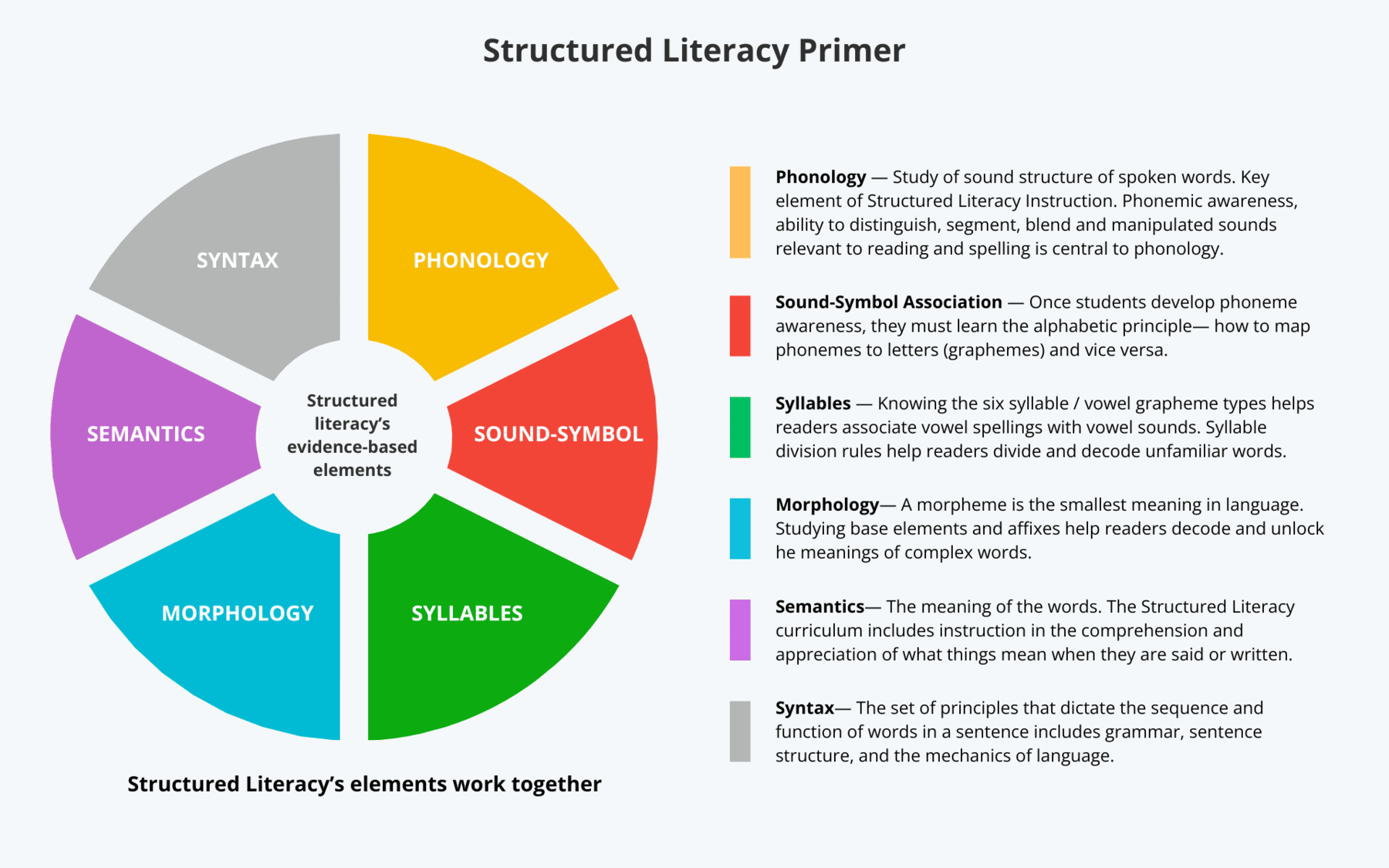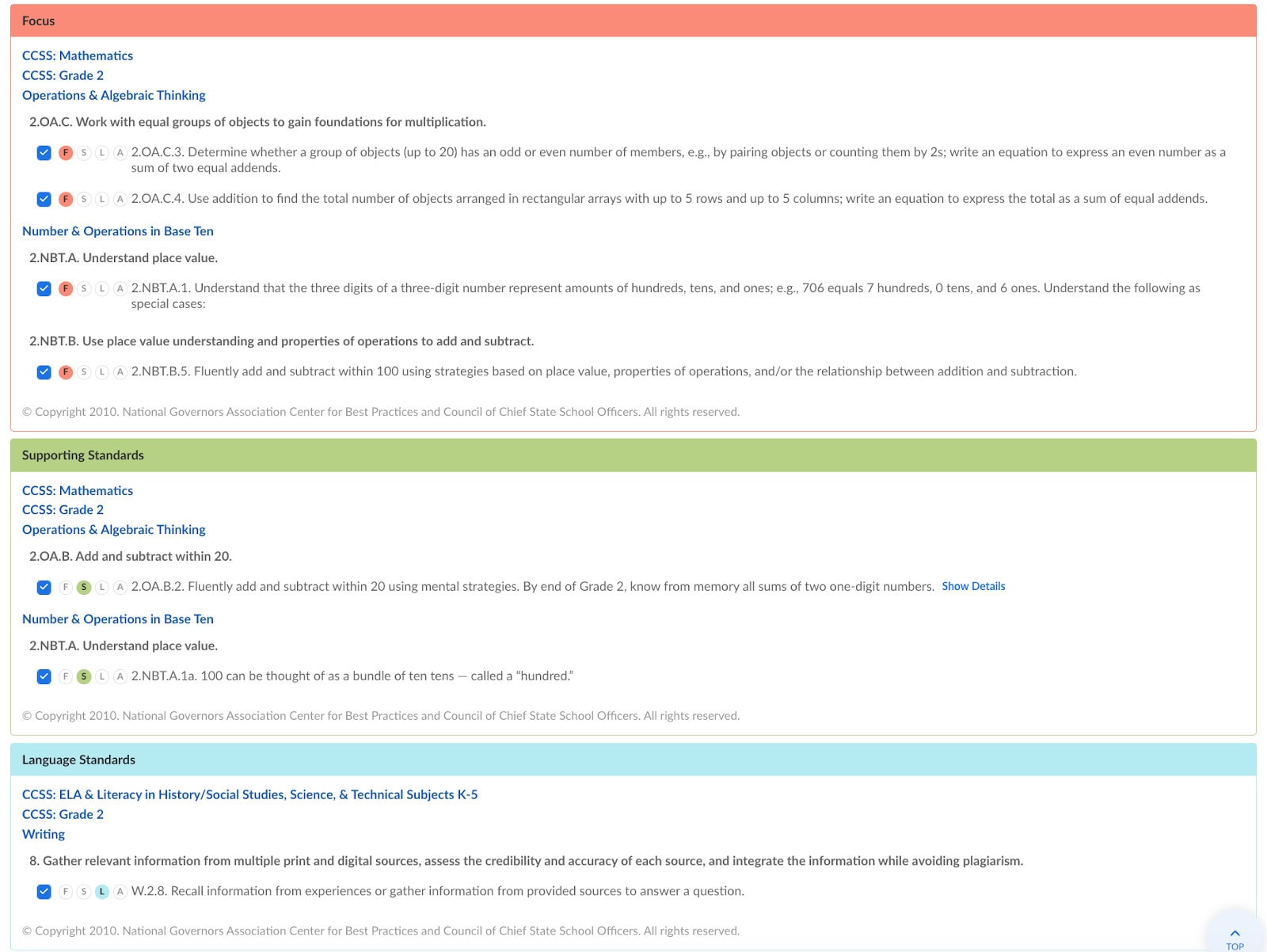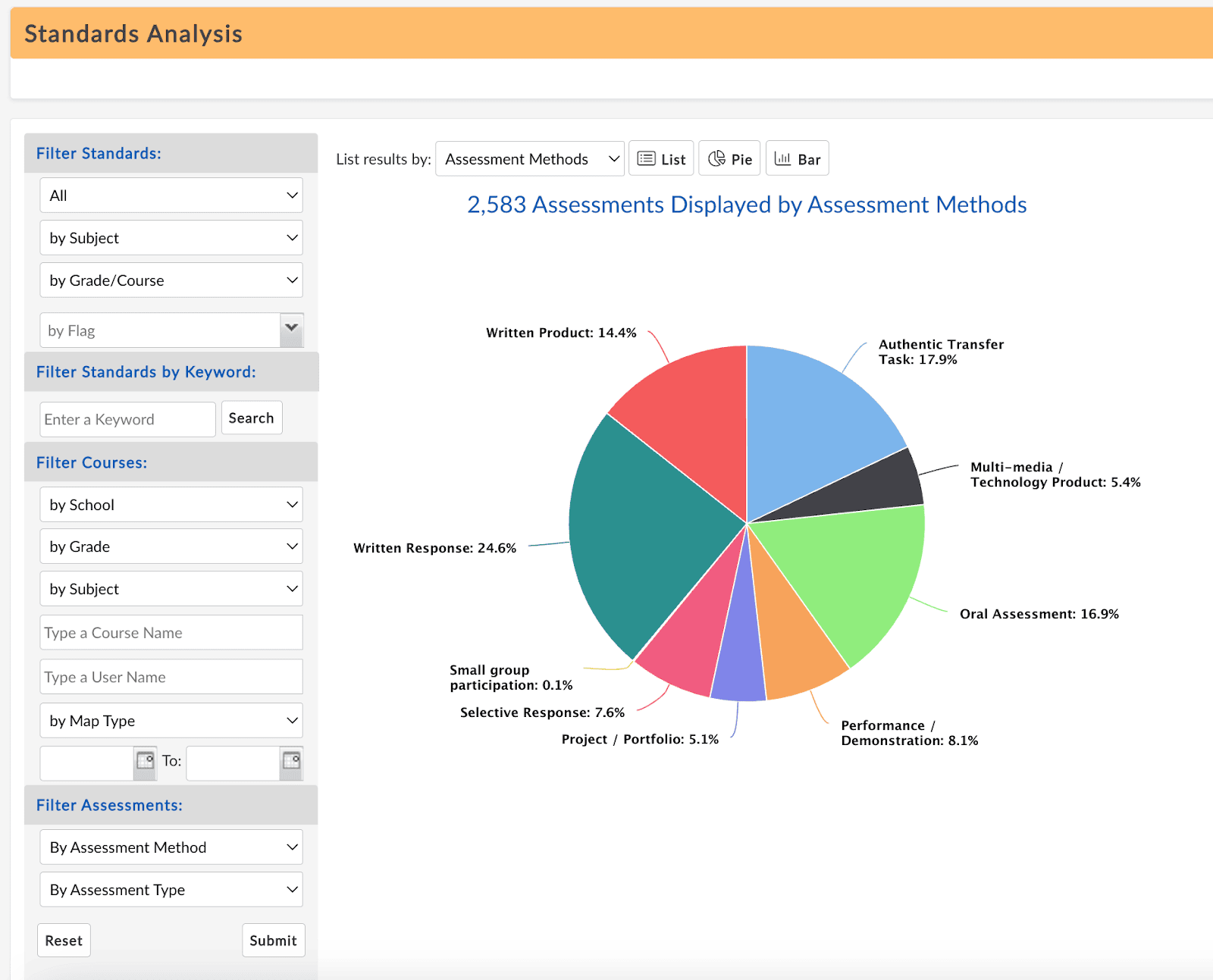How Kansas School Leaders Can Drive Impact Through Structure, Strategy, and Shared Vision
Kansas schools are dedicated to ongoing improvement, with the Kansas Education Systems Accreditation (KESA) process serving as the driving force behind this progress. KESA goes beyond merely meeting standards; it focuses on establishing a solid foundation for sustained success through four key pillars:
- Structured Literacy
- Standards Alignment
- Balanced Assessment
- Quality Instruction.
These fundamentals are not just goals to achieve—they are the core elements that provide every Kansas student with the opportunity to succeed.
In this post, we’ll dive deeper into each of these fundamentals, exploring how they shape student success and offering actionable strategies for school leaders to bring them to life. By aligning leadership strategies with KESA’s core principles, schools can drive meaningful change and ensure a brighter future for all students.
Image Source: Kansas State Department of Education (KSDE)
Structured Literacy
Structured literacy is an approach to reading instruction grounded in the science of reading. It emphasizes systematic, explicit teaching of foundational skills such as phonological awareness, phonics, fluency, vocabulary, and comprehension. When implemented consistently from Pre-K through 12, it reduces reading difficulties, closes achievement gaps, and equips students with the skills to confidently access content across all subject areas.
🔧 Tips to Achieve This:
- Provide science-of-reading training for all PK-12 teachers and literacy support staff.
- Use a curriculum management platform to map literacy strategies across grades, ensuring alignment and continuity from early learners to secondary students.
- Identify where structured literacy components are taught in your current curriculum and adjust gaps or overlaps.
- Collaborate across teams to document intervention strategies and track progress using shared planning tools.
- Embed literacy assessments and data points into curriculum documents to inform instruction at every level.
Standards Alignment
Standards alignment ensures that all lessons, instruction, and materials are intentionally connected to the Kansas academic standards. This includes academic content and the development of cognitive, interpersonal, and intrapersonal skills. Aligned instruction helps students see a clear path from year to year, promotes purposeful learning, and strengthens connections to real-world applications.
Atlas Standards Report
🔧 Tips to Achieve This:
- Align units and lessons to Kansas standards using a curriculum platform that keeps standards up to date and easy to reference.
- Conduct vertical and horizontal curriculum reviews to ensure consistent skill development across grades and subjects.
- Use built-in reporting tools to spot gaps or redundancies in standards coverage and make data-informed curriculum adjustments.
- Design interdisciplinary units that highlight social-emotional and cognitive skill integration—track and share them using collaborative tools.
- Strengthen alignment through collaborative standard discussions. Encourage teachers to consistently integrate standards into their unit planning, reinforcing alignment through shared understanding.
Balanced Assessment
Balanced assessment is the intentional use of multiple assessment types—diagnostic, formative, and summative—to monitor student learning and adjust instruction. It’s not just about testing, but about using meaningful, timely data to drive instructional decisions. This gives students actionable feedback, fosters reflection, and provides the right supports at the right time to keep learning on track.
Atlas Assessment Report
🔧 Tips to Achieve This:
- Integrate assessment plans directly into your curriculum maps to align them with standards and instructional goals.
- Define assessment roles—diagnostic, formative, summative. Specifying the purpose of each assessment helps educators adjust instruction effectively and ensure alignment with learning objectives across the curriculum.
- Connect assessments to instructional adjustments, ensuring teachers can quickly respond to student needs.
- Embed real-time data dashboards through integrations with assessment tools, allowing for quick access to actionable insights.
- Create shared assessment calendars or collections that support consistency across classrooms and departments.
Quality Instruction
Quality instruction reflects high expectations, equitable access to grade-level content, and the use of effective teaching strategies and materials. It centers learning around students, supports diverse needs, and cultivates a culture of engagement, achievement, and resilience. When instruction is well-planned and standards-based, students are better prepared to meet the demands of postsecondary education and life.
🔧 Tips to Achieve This:
- Curate and share high-quality instructional materials in a centralized platform so every teacher has access to vetted, standards-based resources.
- Develop unit plans with built-in differentiation, using shared templates that support diverse learning needs.
- Encourage teacher collaboration through curriculum commenting tools that spark dialogue around lesson strategies and improvement.
- Create space for reflection with lesson planners that align to district frameworks and allow educators to self-assess instructional quality.
- Offer coaching and feedback loops by reviewing teacher-created units and lessons within a shared platform—encouraging growth and alignment.
Final Thoughts
The Four Fundamentals of the KESA process give Kansas schools a powerful framework for student-focused improvement. When these practices are implemented with intentionality—and supported by collaborative tools like a curriculum management platform—schools can ensure every decision is aligned to standards, grounded in evidence, and centered on student success.
From documenting structured literacy practices to aligning assessments with instruction, a centralized platform gives educators the structure and flexibility they need to drive continuous improvement. When schools combine shared vision with strategic tools, every student benefits.





